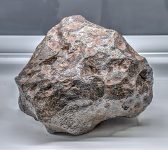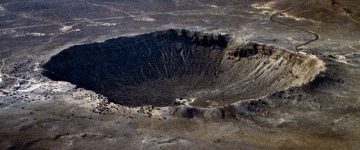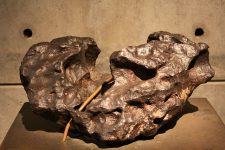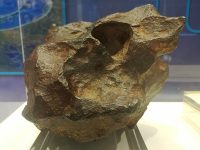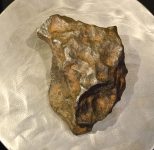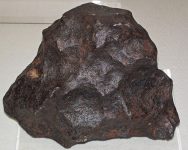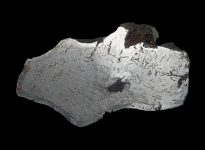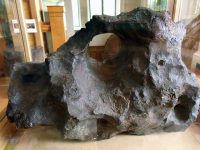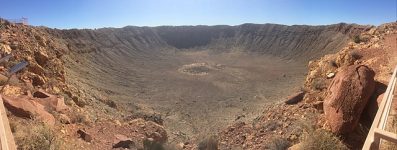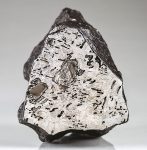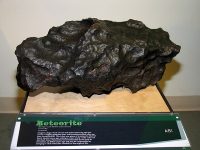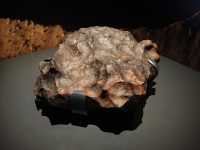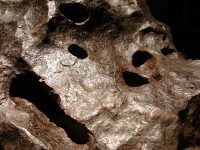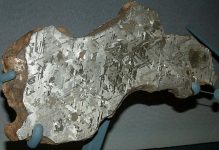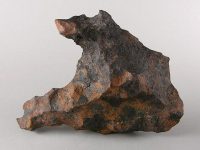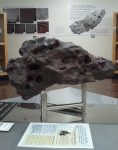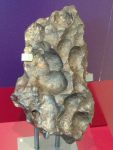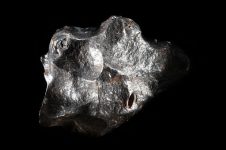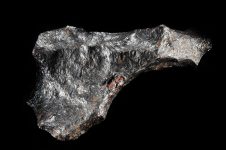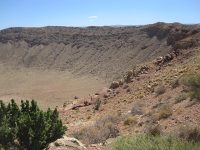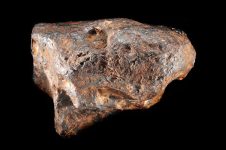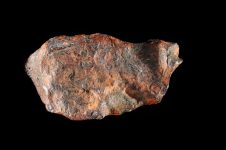Canyon Diablo
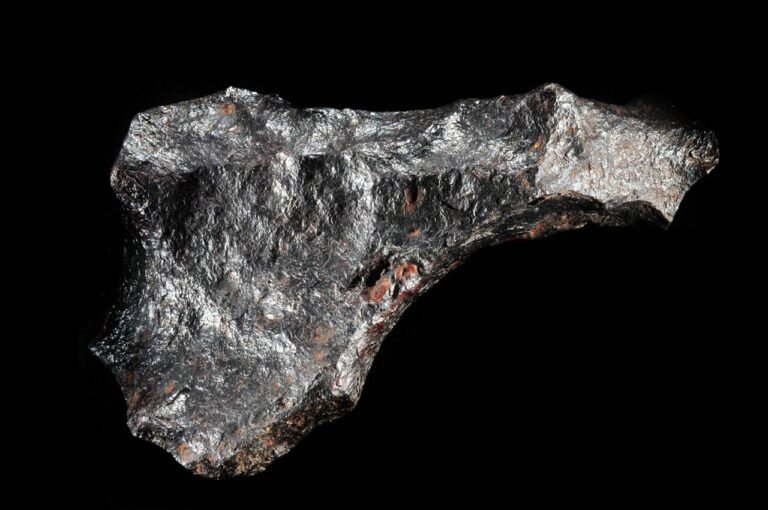
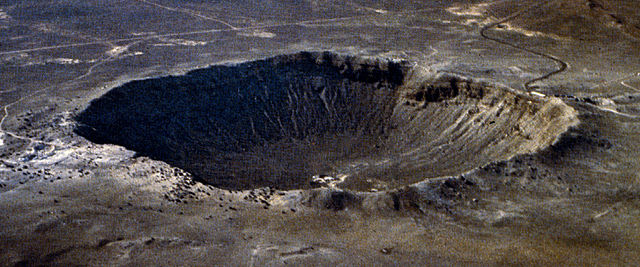
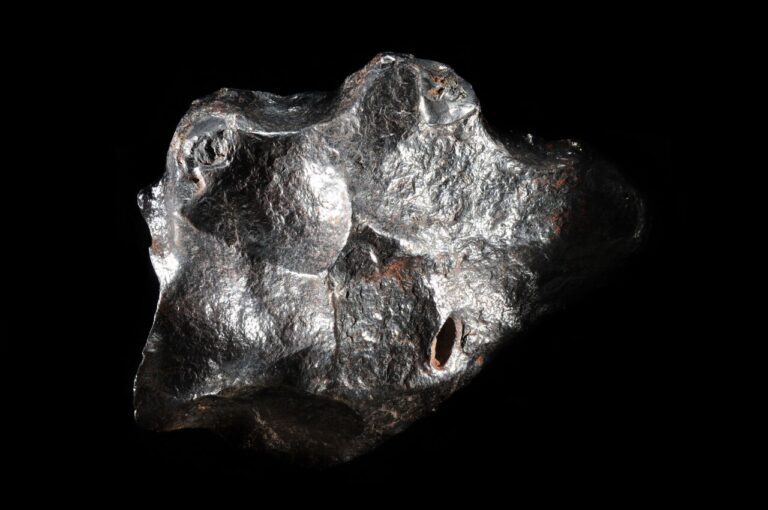
Canyon Diablo
The Canyon Diablo meteorite is an iron meteorite famous for its association with Meteor Crater in Arizona, USA. This meteorite fall is one of the most well-documented and scientifically significant events in the study of impact craters and extraterrestrial materials. The Canyon Diablo meteorite provides valuable insights into the processes of impact crater formation, planetary differentiation, and the early history of our solar system.
Discovery and History
The Canyon Diablo meteorite was discovered in the late 19th century, following the recognition of Meteor Crater as an impact site.
Meteor Crater Discovery
Meteor Crater, also known as Barringer Crater, was discovered by American geologist Daniel Barringer in the early 20th century. Barringer was intrigued by the unique geological features of the site and proposed that it was formed by the impact of a large meteorite.
Meteorite Recovery
Initial explorations and excavations at Meteor Crater led to the recovery of numerous meteorite fragments scattered around the crater rim and surrounding area. These fragments were identified as iron meteorites and later classified as Canyon Diablo meteorites.
Composition and Structure
The Canyon Diablo meteorite is classified as an iron meteorite, specifically belonging to the coarse octahedrite group.
Iron-Nickel Alloy
The meteorite is primarily composed of an iron-nickel alloy, with iron making up about 90-95% of its composition and nickel comprising the remaining 5-10%. This composition is typical of iron meteorites and reflects their origin from the cores of differentiated asteroids.
Widmanstätten Patterns
One of the defining features of Canyon Diablo meteorites is the presence of Widmanstätten patterns. These intricate patterns are formed by the intergrowth of kamacite and taenite crystals and are revealed when the meteorite is etched with acid. The patterns provide insights into the cooling history of the meteorite within its parent body, indicating slow cooling rates over millions of years.
Meteor Crater and Impact Dynamics
Meteor Crater, formed by the impact of the Canyon Diablo meteorite, provides a unique opportunity to study impact cratering processes and their geological effects.
Impact Event
The impact event that created Meteor Crater occurred approximately 50,000 years ago during the Pleistocene epoch. The Canyon Diablo meteorite, traveling at a high velocity, collided with the Earth’s surface, releasing an immense amount of energy upon impact.
Crater Formation
The impact of the Canyon Diablo meteorite excavated a bowl-shaped crater approximately 1.2 kilometers (0.75 miles) in diameter and 170 meters (560 feet) deep. The crater exhibits characteristic features such as a raised rim, a central peak, and ejecta deposits surrounding the impact site.
Ejecta and Shock Metamorphism
The impact of the meteorite generated shock waves that transformed the local geology. Ejecta from the impact were dispersed over a wide area, forming a blanket of fragmented rock and meteoritic material. Shock metamorphism, evidenced by the deformation and fragmentation of minerals in the surrounding rocks, provides further evidence of the powerful forces involved in impact events.
Scientific Significance
The Canyon Diablo meteorite is of immense scientific importance due to its association with Meteor Crater and its contributions to the study of impact cratering processes.
Planetary Differentiation
Studying the Canyon Diablo meteorite allows scientists to investigate the processes of planetary differentiation in asteroids. The meteorite’s iron-nickel composition and Widmanstätten patterns provide clues about the conditions and environments within the early solar system, where asteroids underwent thermal and chemical differentiation.
Impact Dynamics and Modeling
Meteor Crater serves as a natural laboratory for studying impact dynamics, shock metamorphism, and crater formation processes. By analyzing the distribution of impact ejecta and conducting numerical modeling, researchers can simulate the conditions of the Canyon Diablo impact and better understand the energy release, crater morphology, and environmental effects of similar impact events on Earth and other planetary bodies.
Tourist Attraction
Meteor Crater is a popular tourist destination, attracting visitors from around the world who come to observe the impressive geological features of the impact site. The visitor center at Meteor Crater provides educational exhibits and information about impact cratering, meteorites, and planetary science.
